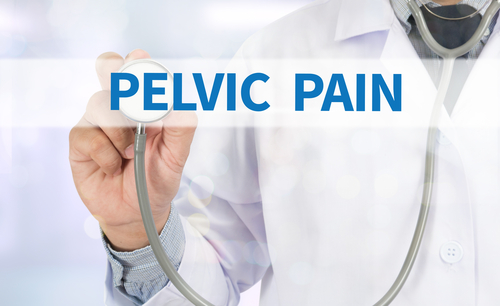Contraceptive implants Implanon NXT by Merck and Mirena by Bayer significantly curb pelvic pain and menstrual cramping in women with endometriosis, improving their health-related quality of life, researchers from Spain report.
The study, “Control of endometriosis-associated pain with etonogestrel-releasing contraceptive implant and 52-mg levonorgestrel-releasing intrauterine system: randomized clinical trial” was published in the journal Fertility and Sterility.
Pelvic pain and debilitating menstrual cramps (dysmenorrhea) are the most common symptoms of endometriosis. One of the main objectives of endometriosis treatment is pain control. Studies have shown that Mirena is effective in controlling endometriosis-associated pain. However, few studies have focused on etonogestrel implants and on comparing the efficacy of these hormonal treatments.
In this Phase 4 clinical trial (NCT02480647), researchers compared the efficacy of two contraceptive implants (Implanon NXT and Mirena) in alleviating pelvic pain and menstrual cramps in women with endometriosis.
Implanon NXT is an etonogestrel-releasing contraceptive implant inserted under the skin in the upper arm. Mirena is a 52-mg levonorgestrel-releasing intrauterine device.
The study included 103 women experiencing endometriosis-associated chronic pelvic pain, menstrual cramps, or both for more than six months. The patients randomly received either Implanon NXT or Mirena. The initial follow-up period of the study was six months, with a checkup every month after implantation. The patients could keep the device after completion of the study.
The women were recruited from the Department of Obstetrics and Gynecology, University of Campinas Faculty of Medical Sciences, Campinas, Sao Paolo, Brazil. They were being treated for stage I–IV endometriosis or deep endometriosis.
There were 52 patients (mean age 33.4 years) who received Implanon NXT; 51 patients (mean age 34.7 years) received Mirena.
Researchers used the patient-reported visual analogue scale (VAS; 0-10) to determine the effect of these treatments on curbing noncyclic pelvic pain and menstrual cramps. The lower the VAS score, the lesser the pain. The mean score registered in the month before implant placement was considered the baseline.
Pelvic pain was significantly eased by both treatments, with no statistical difference between the two groups. The mean VAS score for pelvic pain in the Implanon NXT group decreased from 7.6 at baseline to 2 at the six-month evaluation. Similarly, among Minera users, the mean VAS score dropped from 7.4 at baseline to 1.9 during the study period.
Both treatments also markedly alleviated menstrual cramps, the team reported. A significant reduction in the VAS score for menstrual cramps between baseline and the six-month follow-up was observed in Implanon NXT users (7.5 to 2.2) as well as the Minera users (7.3 to 1.9).
The team used the Endometriosis Health Profile-30 (EHP-30 questionnaire) to assess the impact of the treatments on the patients’ health-related quality of life (HRQoL). The patients completed EHP-30 before the start of the study and at the six-month follow-up. A lower score corresponds to a better HRQoL.
The EHP-30 core segment assesses pain, control, and powerlessness, emotional well-being, social support, and self-image. It also has a modular section that covers questions about other areas of health and emotional status that patients may or may not experience. A significant reduction was reported by both groups in the scores for core and modular segments of the EHP-30, indicating a marked improvement in their HRQoL.
Menstrual bleeding pattern disturbances were reported in patients in both groups. In the Mirena group, participants reported infrequent bleeding (30%) and spotting (22.1%), at six months follow-up. In the Implanon NXT group, 28.8% reported a complete absence of bleeding (amenorrhea) and 24.4% infrequent bleeding at the six-month follow-up. However, none of the participants discontinued the study because of these disturbances.
Although further studies with a larger study population are required to assess the efficacy of these contraceptives, “both treatments are long-term feasible options for women with endometriosis-associated pelvic pain, with few side effects,” the study concluded.

